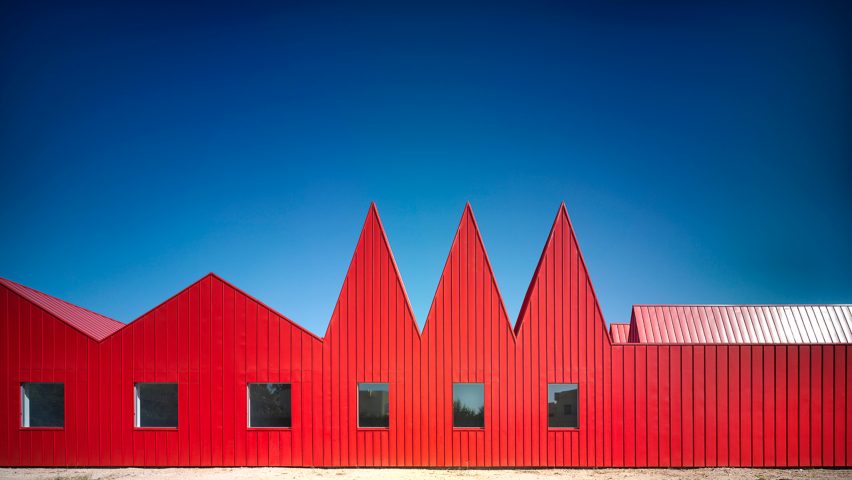
10 architecture studios reveal the stories behind their bizarre names
Naming your studio after the directors' surnames is so last century. Today's architects go under weird and wonderful monikers such as Design, Bitches, 5468796 Architecture and G///bang. We asked some of the most oddly named studios how they got their names.
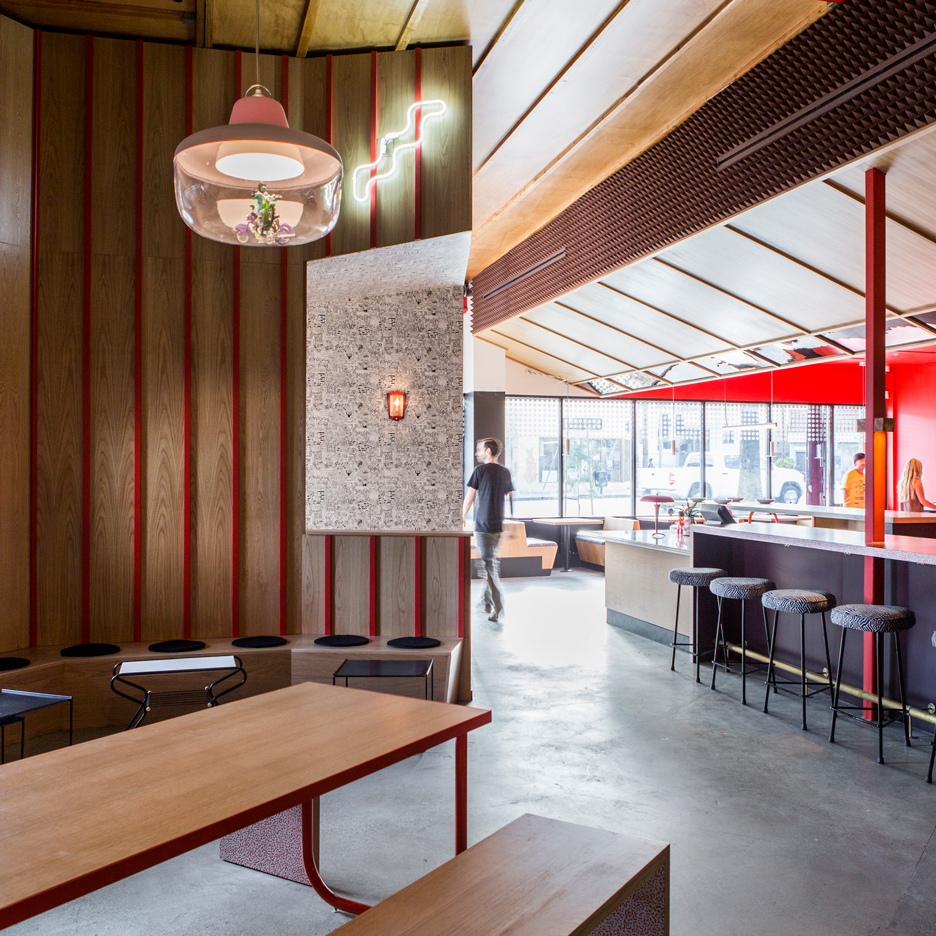
In 2010, architects Catherine Johnson and Rebecca Rudolph entered an AIALA competition questioning the nature of the profession during the depths of the recession. It called for young architects to answer the question 'Architecture is... ?'.
Johnson and Rudolph responded with 'It's Design, Bitches'. The pair told Dezeen that, although it was never intended as a name, Design, Bitches stuck.
"It proves a good conversation starter, and it's memorable," the Los Angeles-based duo said. "The response to our name is very good, most people get a kick out of it and find it unusual for an architecture firm."
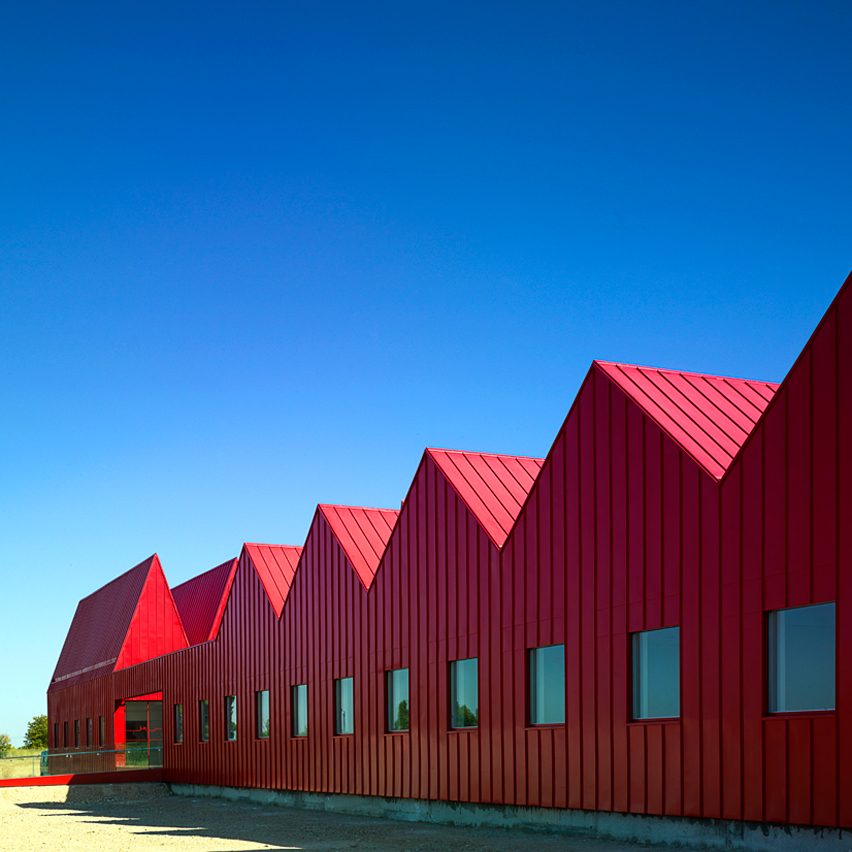
The name of Spanish architecture studio G///bang combines the initial of the founder's surname, G, with an onomatopoeia, bang. Founder José Javier Gallardo Ortega then chose three slashes as a "graphic tool" to separate the two parts.
"Bang is an onomatopoeia which is very common in comics read by children," said founder Gallardo Ortega. "We wanted to transmit the idea that in order to perform architecture, one has to be a thug kid and at the same time, a responsible one."
Gallardo Ortega told Dezeen that he has never put G///bang in the category of unusual names, but believes it just creates curiosity. "To my mind, people interpret the name as something between sexy and strange," he added.
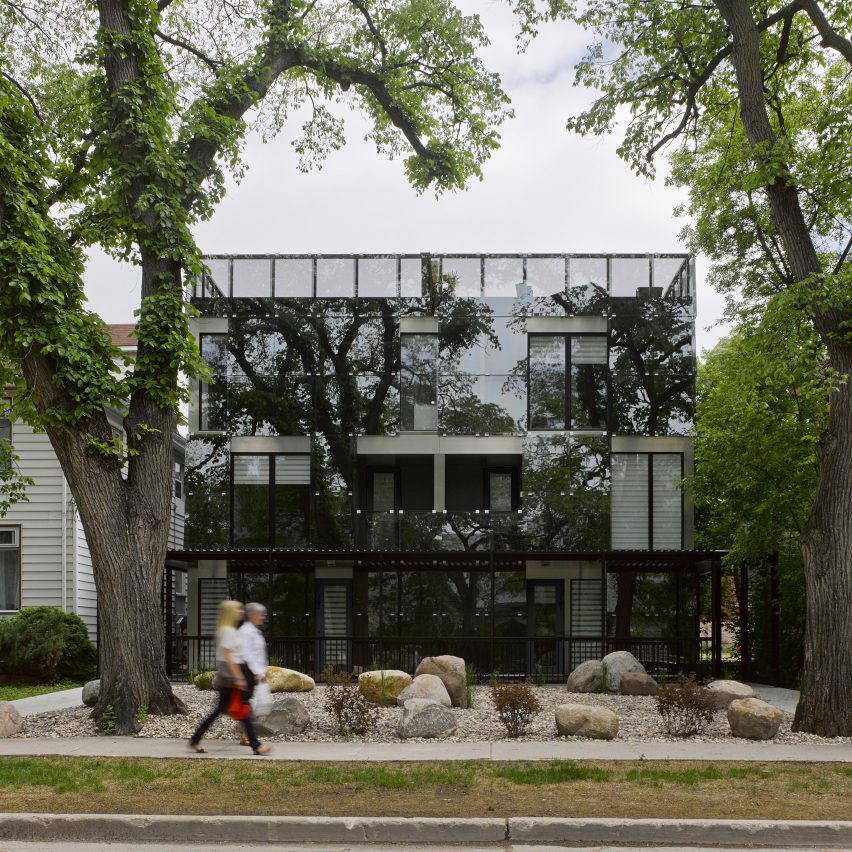
The founders of this Winnipeg-based practice left their branding largely to chance. The office is named after the seven-digit corporation number issued when it registered as a new company, while the logo was created by dropping the number into an online barcode generator.
"In the beginning many people strongly suggested that we should change it," co-founders Johanna Hurme and Sasa Radulovic told Dezeen.
"A client of ours – a branding company CEO – said once that the name is absolutely abysmal and against all rules of brand recognition. However, given the fact that people continue to talk about it after almost 10 years of business, he concluded that it must be working."
The architects said some people take pride in memorising the whole number, while "others call it barcode, a numbered company, or 546 for short".
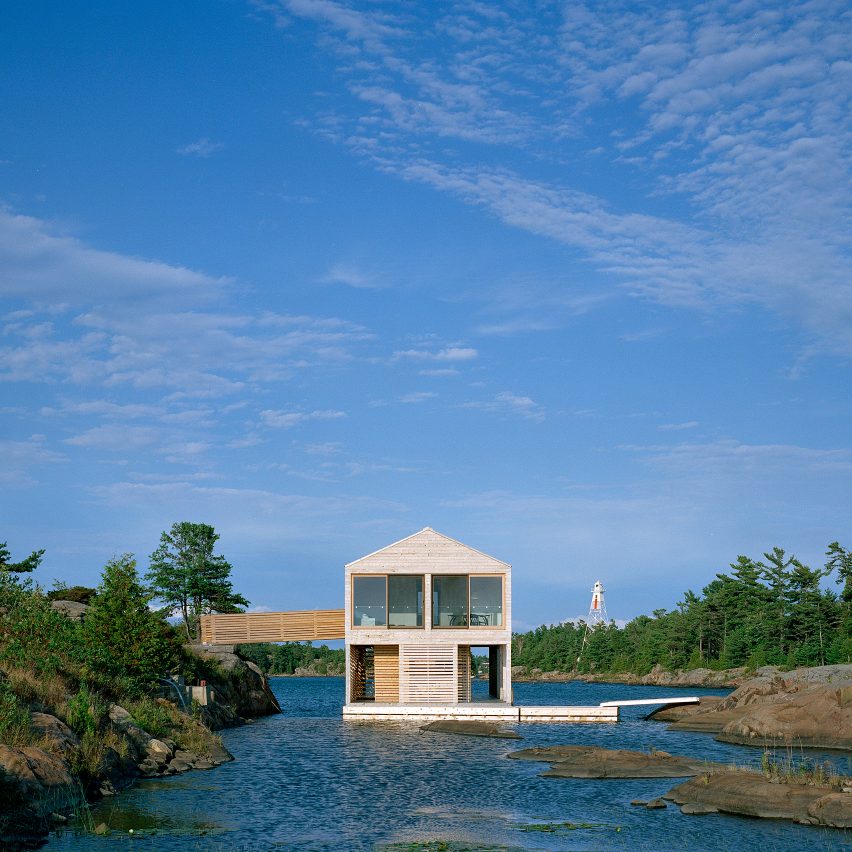
In 2003, architects Hilary Sample and Michael Meredith set up a studio under the name !@#?. They quickly realised that not only was !@#? impossible to pronounce but it was impossible to get a web address, and instead they reverted to a more conventional name – MOS Architects.
"Eventually, we drifted towards MOS – an acronym of our names and reflection of a shared desire to be horizontal and fuzzy, as opposed to tall and shiny," said the architects.
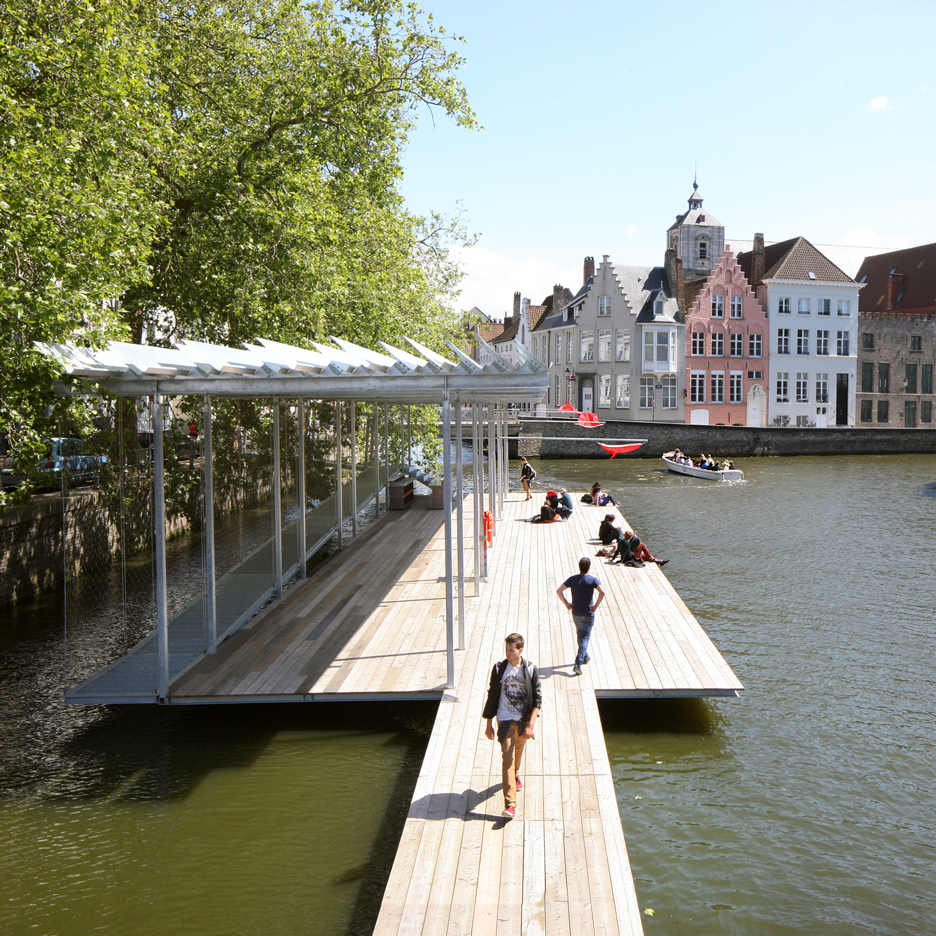
When asked about the name Atelier Bow-Wow, Momoyo Kaijima – co-founder of the Japanese studio – responded to the question with simply "We like a dog."
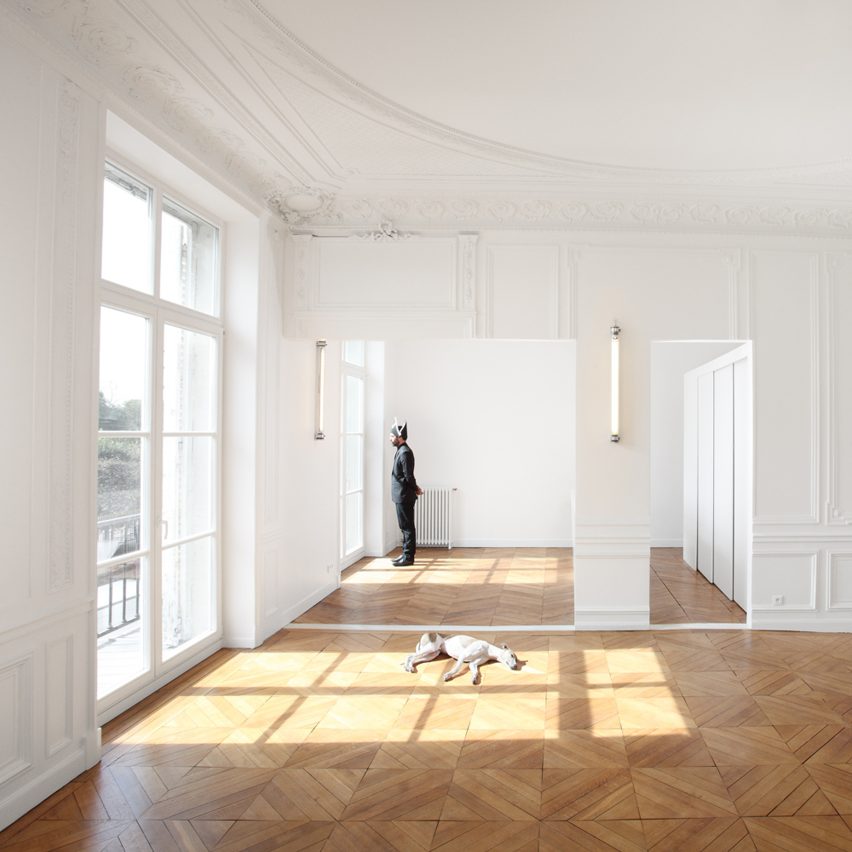
Architects Cyril Gauthier, Guillaume Aubry and Yves Pasquet believe "an architecture practice is more based on the design spirit rather than the people." So rather than working under their own initials, they chose the name FREAKS Architecture.
"FREAKS in itself has no meaning," the Paris-based architects told Dezeen. "We just found that the word sounded good and that it would hopefully excite people. People now call us 'the Freaks', which we quite like, even though we find ourselves just as average as anybody else on a freakishness scale."
The name also acts as a filter to potential clients, the architects said: "The phone calls we do receive are from people who actually share with us some freakishness. It's a rather constructive optimisation of our projects' prospection."

Japanese architect Yasuo Imazu works under the name Ninkipen! – a firm favourite amongst the Dezeen team. Imazu told Dezeen that, despite being Japanese, he wanted a studio name that was stateless.
"Ninkipen! is a coined word in which 人気 in Japanese and 'pen' in English are connected," Imazu told Dezeen."人気 is written 'ninki' in English and means popular."
"I designed at the lab in a university under the name 'pen' as we students have only a pen," he added. "So I wanted to develop the name when I opened my studio and I placed 'ninki' in front of 'pen'."
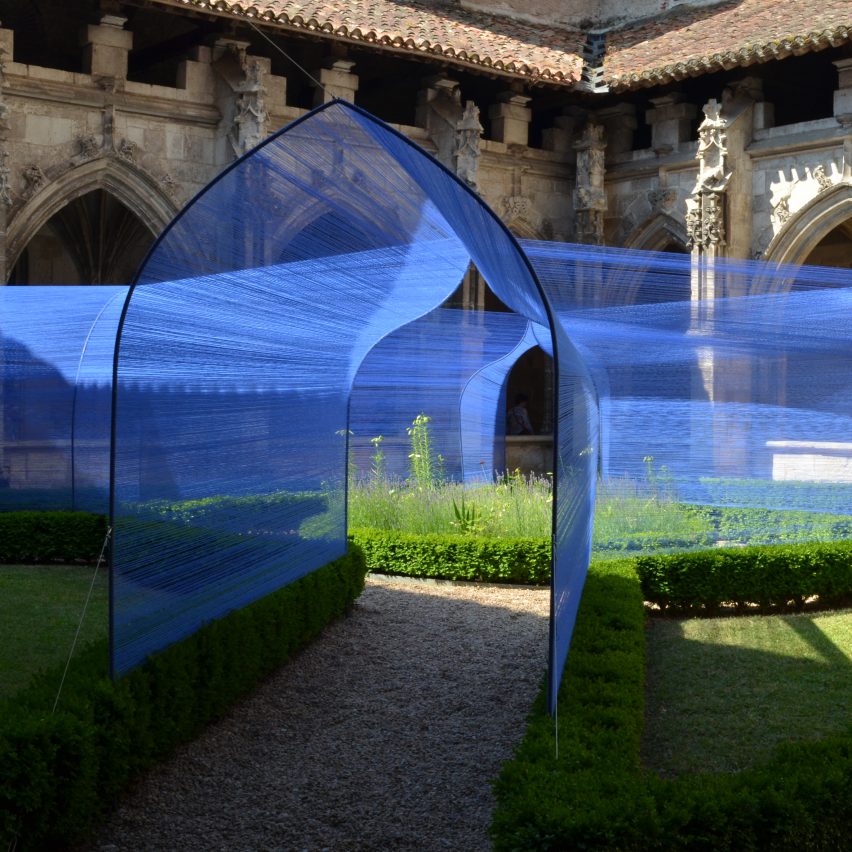
Paris studio Atelier YokYok is named after the main character from a children's TV show and series of books, who wears a large red triangular bouffant hat.
"YokYok is a tiny man with a big hat in a whole world populated by big creatures," studio founders Steven Fuhrman, Samson Lacoste and Luc Pinsard told Dezeen.
"The concept of a character exploring a strange world, and relationships between body and environment, is our purpose. So this fantasy and the nice sounds evoked by this name were the starting points."
The architects said people like the name and it has helped them to create their universe and hand-drawn graphic identity.
"Most times people remember it," they said. "But sometimes an unusual name can be forgotten easily, or mispronounced – it's a risk to take!"
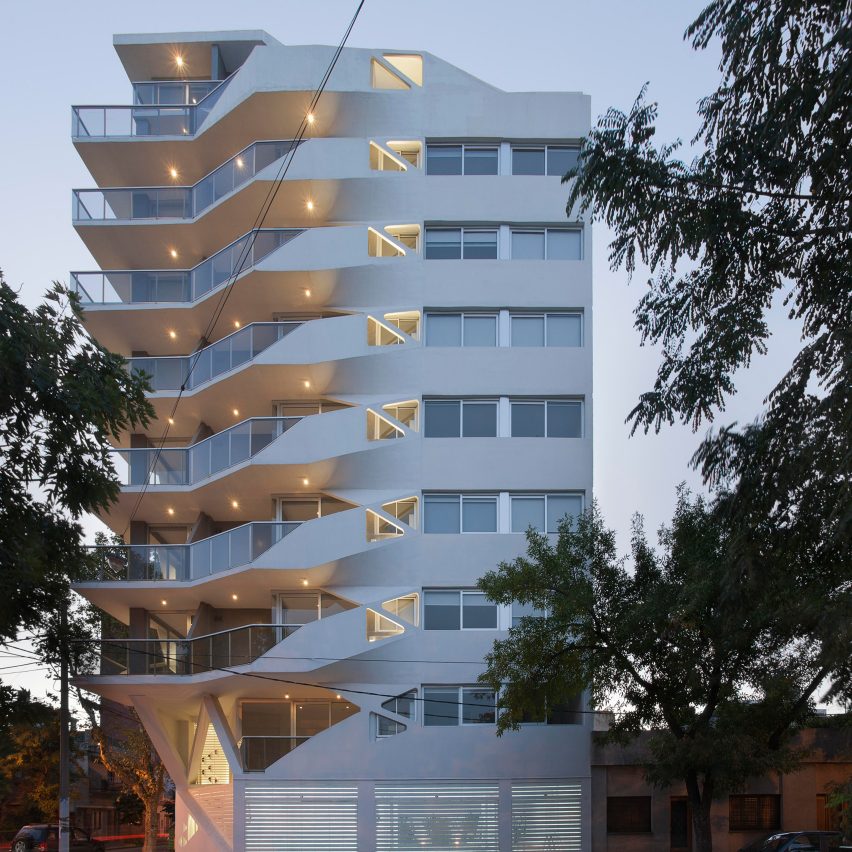
Marcelo Spina, co-founder of Los Angeles-based P-A-T-T-E-R-N-S, told Dezeen his studio's name wasn't originally broken up by hyphens, but these were added in when he was setting up their website.
"The domain we wanted was taken and somehow the introduction of lines between the letters seemed right so I went for it," he told Dezeen.
"Some colleagues did complain though, and hated the first few times they had to type it," he added. "Sure it takes a few more key punches, but architecture is never easy."
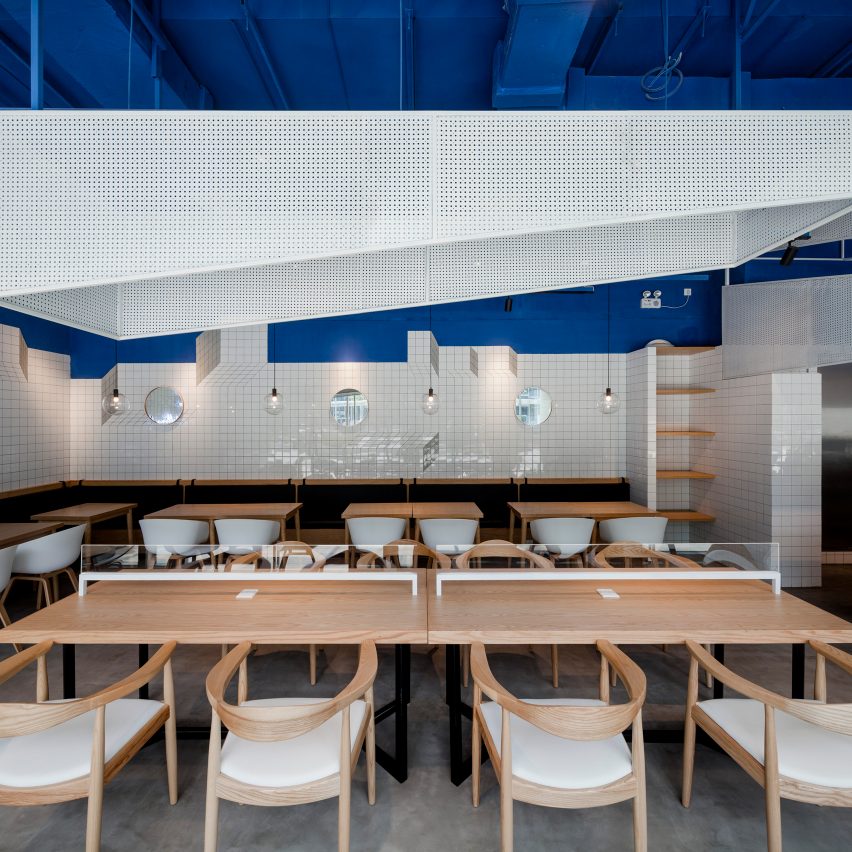
Despite its name, Shanghai-based Swimming Pool Studio does not specialise in swimming pools.
"Our company name in Chinese is 三也, and when you put two words together it become 池, which means swimming pool in English," the studio's Lu He told Dezeen.
He added that "clients don't think we're boring, and that we can create something fun and interesting, but I do think they imagine we have a swimming pool in our office..."